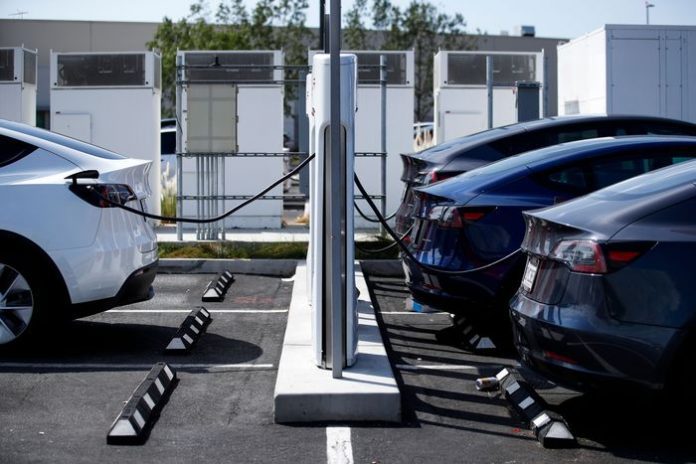In today’s market, finding an EV in dealers’ stock to test-drive and buy is tricky. On May 8, the Sierra Club revealed its latest nationwide study of the EV shopping experience, which emphasizes the widespread issue and how it’s getting in the way of EV adoption.
The Rev Up EV report, released ahead of an EPA hearing in regards to its proposed tightened standards for light vehicles through 2032, projected 67% of EV sales by then, suggesting that it’s no longer dealerships that are the weak link in getting EVs out to customers, but the automakers themselves.
Additionally, the report found nearly two-thirds of dealerships had no EVs for sale. At the same time, 44% of dealerships would offer an EV if they could get one. However, in the western regions of the U.S., which accounts for 45% of EV sales in 2022, only 27% of dealerships had an EV for sale.
Whereas, the likelihood of dealerships having an EV in stock didn’t track substantially better in California Zero-Emission areas (ZEV) than for those in the rest of the country—35% against 33%, respectively. Even though EV sales are significantly higher in these areas as a whole.
Comparing dealers in the 23 states that allow direct sales to those in those that do not, the study revealed almost “no difference.”
The results of this year’s study lead to a simple fix: Automakers must create more EVs. Additionally, they must expand EV promotion and advertising and make EV certification accessible or reasonably priced for dealerships.
The Sierra Club stated in its introduction that many dealers are more willing to sell EVs, even though some dealerships are hesitant to embrace them fully. However, according to the statement, manufacturers must deliver more EVs to all dealers.
The ultimate finding is that manufacturers must increase their EV manufacturing spending to keep up with the record-high consumer demand.



